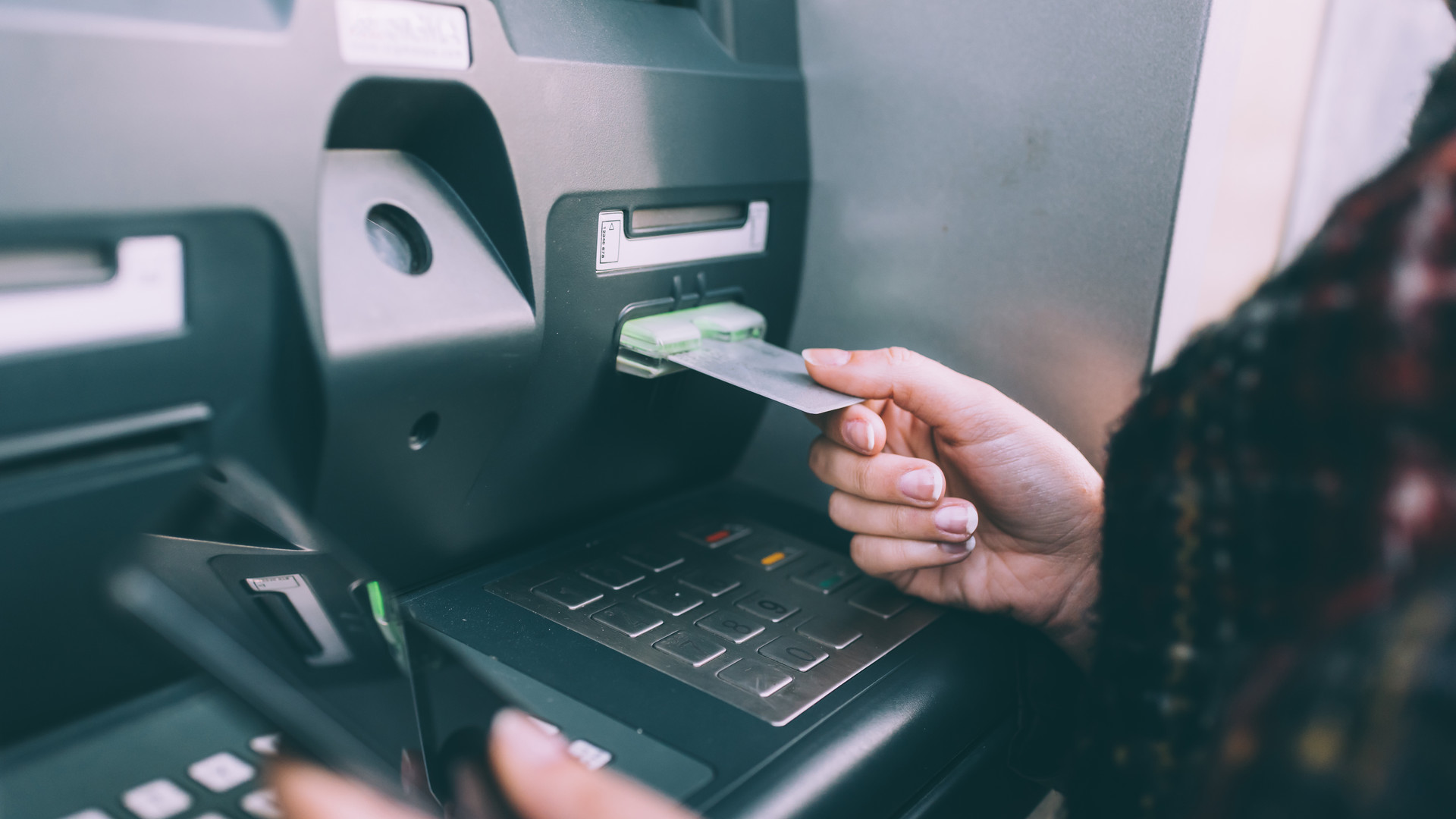How ATM Fraud is Evolving in 2024
ATM scams continue to wreak havoc on consumers, even as we learn more about how fraudsters are making them occur. For example, the total number of cards impacted by card skimming rose 77% year-over-year from 70,000 in 2022 to almost 120,000 in only the first six months of 2023, according to information from FICO1
While there's no way to shield yourself entirely from fraud, learning as much as you can about it is one of the best ways to protect yourself. You can start here.
What is ATM skimming?
A "skimmer" refers to the card reader that thieves attach to an ATM for nefarious purposes. They use the skimmer to collect banking information like card numbers and PIN codes, which they can then use to gain access to your accounts and/or replicate counterfeit cards.
Besides fraud that occurs directly at the ATM, "there's also been a pretty big increase in clients receiving phone calls that they think are from their bank, asking for information that's allowing and authorizing various debit card transactions," said Danielle Whitchurch, Fraud Analyst at Old National. "Whether that's through e-commerce, mobile wallet, or some other way, there's been a lot of card-not-present-based fraud activity, as well."
What are the common ATM scams to be on the lookout for?
Although scammers are using a lot of the same techniques they've been using in previous years, one of the differences banks are seeing now is the fraudulent activity that takes place following the skimming event. "Lately, we're seeing the fraudulent transactions take place in the same footprint of where the client would typically transact," said Whitchurch.
Common ATM skimming techniques to be on the lookout for include:
- Pinhole cameras: These tiny cameras are usually attached above the machine to record the information from your card while you use it.
- Deep skimmers: One of the more complex devices to detect, these skimmers are placed deep in the mouth of the ATM to record the details once your card is inserted into the machine.
- Fake card readers: Fake devices placed over the original ATM reader automatically store your PIN and other card information when you use the machine.
What can I do to avoid ATM fraud?
Not all fraud technology will be detectable, but that doesn't mean you shouldn't try. To start, Whitchurch recommends always inspecting an ATM before using it. Ask yourself if anything looks out of place or if there seems to be resistance when inserting your card. Is there something weird about the reader? Don't feel silly resorting to old-school tactics, either. "If you're covering the PIN pad with your hand, that's probably the best defense for cameras because the cameras are usually up above or off to the side," said Whitchurch. "Hiding the PIN pad with your hand should help minimize that view."
What can my bank do to help me avoid ATM fraud?
Working directly with your bank is one of your best lines of defense to help avoid and catch fraud as soon as it occurs. When it's offered, always enroll in bank card controls and special alerts, especially as they relate to ATM activity. "That will be the quickest way for your bank to let you know if there is fraud taking place on your card," said Whitchurch. For example, at Old National, you can sign up to receive alerts based on ATM transaction type and dollar amount. You can even choose to decline transactions based on the transaction type or if they are over a certain amount.
"Using our card controls, you have the ability to easily turn your debit card off if you suspect fraud," Whitchurch added. Also, ask your bank if they offer automated fraud monitoring. "We're always monitoring your card activity and transactions at Old National, and if we suspect fraudulent activity, we might block the card and/or decline the transaction," said Whitchurch. "We will then attempt to reach out to you through text message, email or phone to confirm the activity. That's why it's also important to update your bank with your latest contact information. That's a really important piece."
Stay up to date on the latest ATM fraud information by checking your bank's website and signing up for any additional newsletters or emails that they offer on the topic. Old National's fraud page offers additional resources on how to spot and protect yourself from fraud, as well as access to tools that help keep your accounts and personal information safe.
